Do you like savoring the sweet, nutty flavor of butternut squash at home? If yes, we bring to you good news, which is you don’t need a sprawling garden to cultivate it. Container gardening offers the flexibility to nurture these vibrant plants on balconies, patios, or even windowsills. From the thrill of planting the seeds to the satisfaction of harvesting your own squash, the journey of growing butternut squash in containers is filled with learning and joy.
Materials Needed
- A spacious container with a minimum depth of 18 inches
- High-quality potting soil, compost
- A trellis (if space is a concern)
- Butternut squash seeds or seedlings.
- Organic fertilizer.
The Detailed Guide
Step 1: Prepare Soil And Container
Choose a container that provides ample room for the butternut squash to spread its roots. The, you fill it with a well-draining potting mix enriched with compost. This ensures the squash receives the nutrients it craves while maintaining proper drainage. The container should ideally have drainage holes at the bottom to prevent waterlogging, which could lead to root rot.
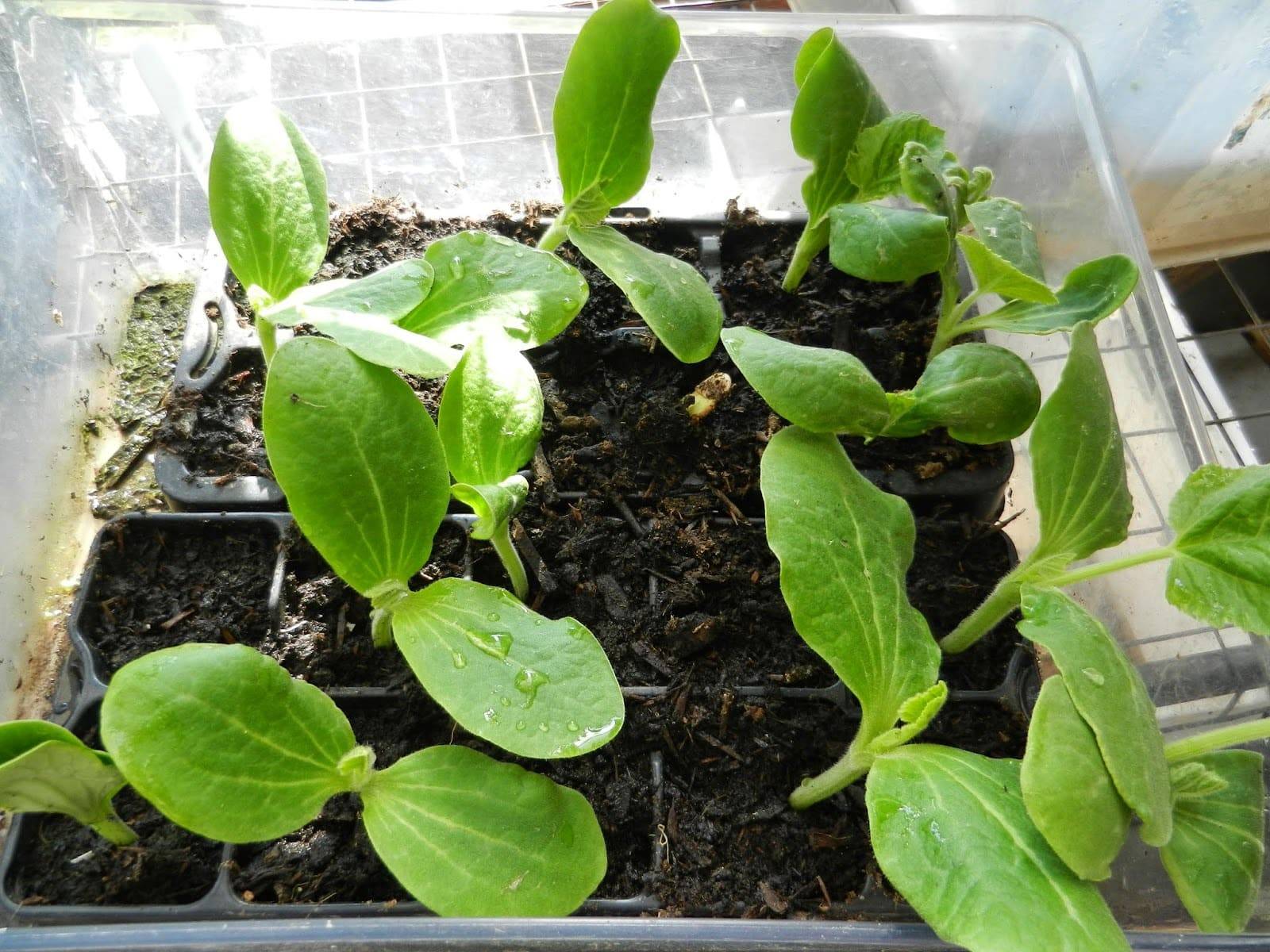
Step 2: Plant Butternut Squash In Containers
Option 1: Plant Seeds
If you start with seeds, plant them about 1 inch deep in the center of the container. Water the soil gently, keeping it consistently moist until seedlings emerge.
Option 2: Transplant Seedlings
If you’re working with seedlings, transplant them carefully into the container, ensuring they have adequate space to grow. Place them at least 12 inches apart to accommodate their sprawling nature.
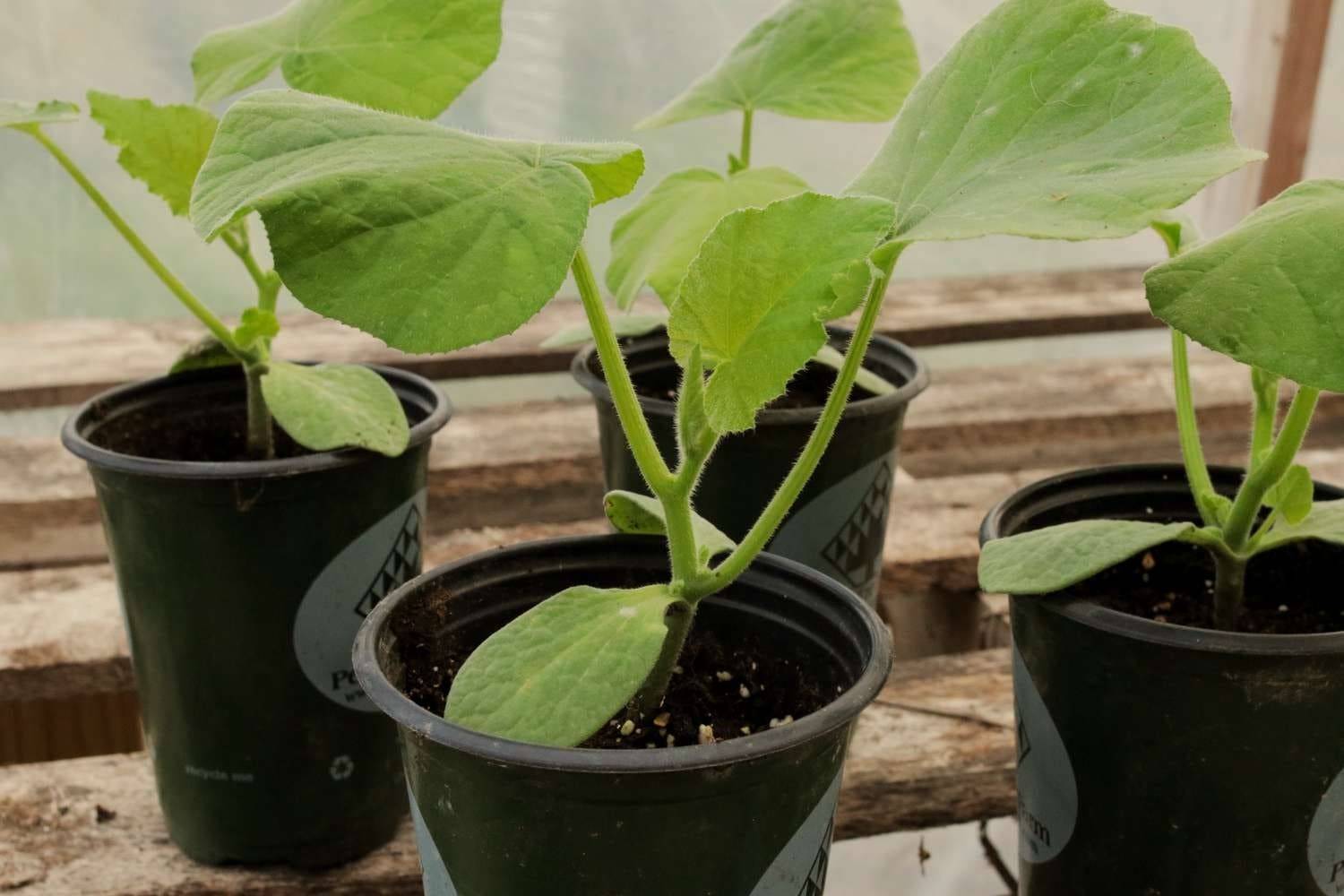
Step 3: Take Care Of Butternut Squash
1. Watering
Butternut squash appreciates regular watering, especially during dry spells. The rule of thumb is to keep the soil consistently moist but not super wet. You should water at the base of the plant to avoid wetting the leaves, which can make the plant susceptible to diseases.
2. Fertilizer
Feed your butternut squash plants with organic fertilizer every 2-3 weeks, especially during the growing season. This ensures they receive a balanced diet of nutrients, promoting robust growth and bountiful harvests. Avoid over-fertilizing, as it can cause excessive vegetative growth and reduce fruiting.
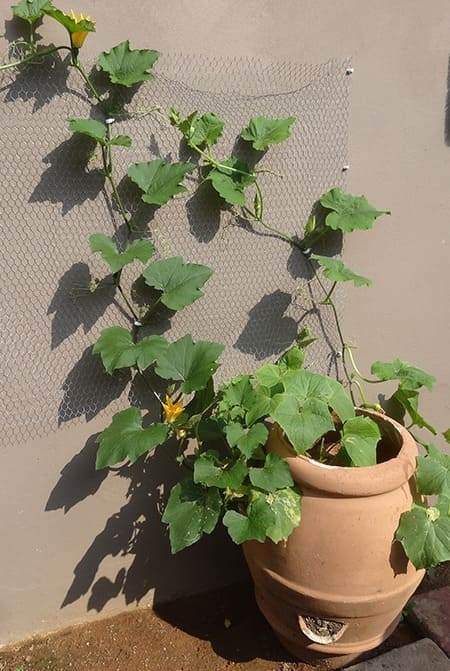
3. Trellis Support
Butternut squash plants are vines that can reach up to 15 feet long, so you can provide them with vertical support with a trellis. Train the vines to climb, saving valuable ground space and allowing air circulation, which helps prevent diseases.
4. Pruning
Butternut squash plants can develop quite huge, with many leaves and shoots. Pruning can help to control plant size, improve air circulation, prevent disease, and direct the plant’s energy to fruit. Prune your butternut squash plant by pinching off extra buds and leaves, paying special attention to the main vine and fruit-bearing branches.
You can also prune the leaves to let more light reach the fruits, which will improve their color and flavor. However, excessive pruning might limit the plant’s photosynthesis and output.
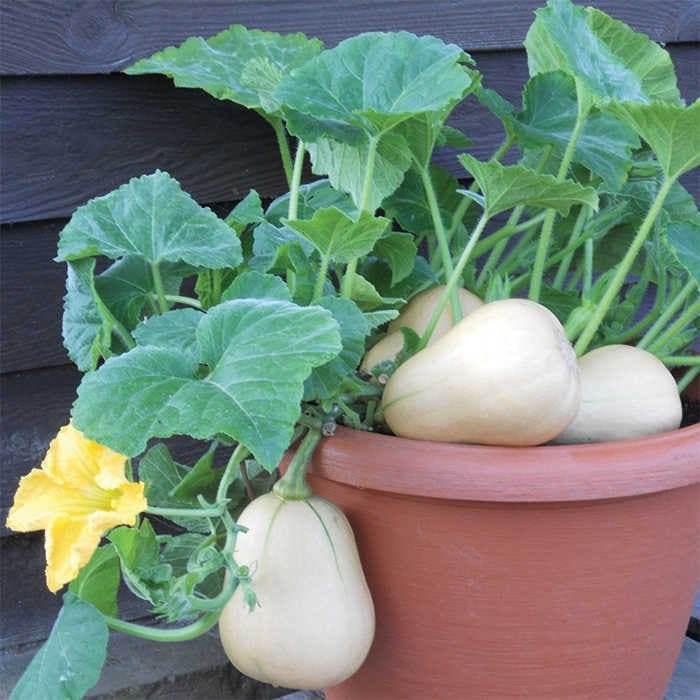
Step 4: Harvest
As your butternut squash matures, be patient for the magic to unfold. Harvest when the fruits reach a mature size and the skin should be hard and color rich, usually around 3-4 months after planting. When harvesting, use a sharp knife to cut the squash, leaving a few inches of the stem attached.
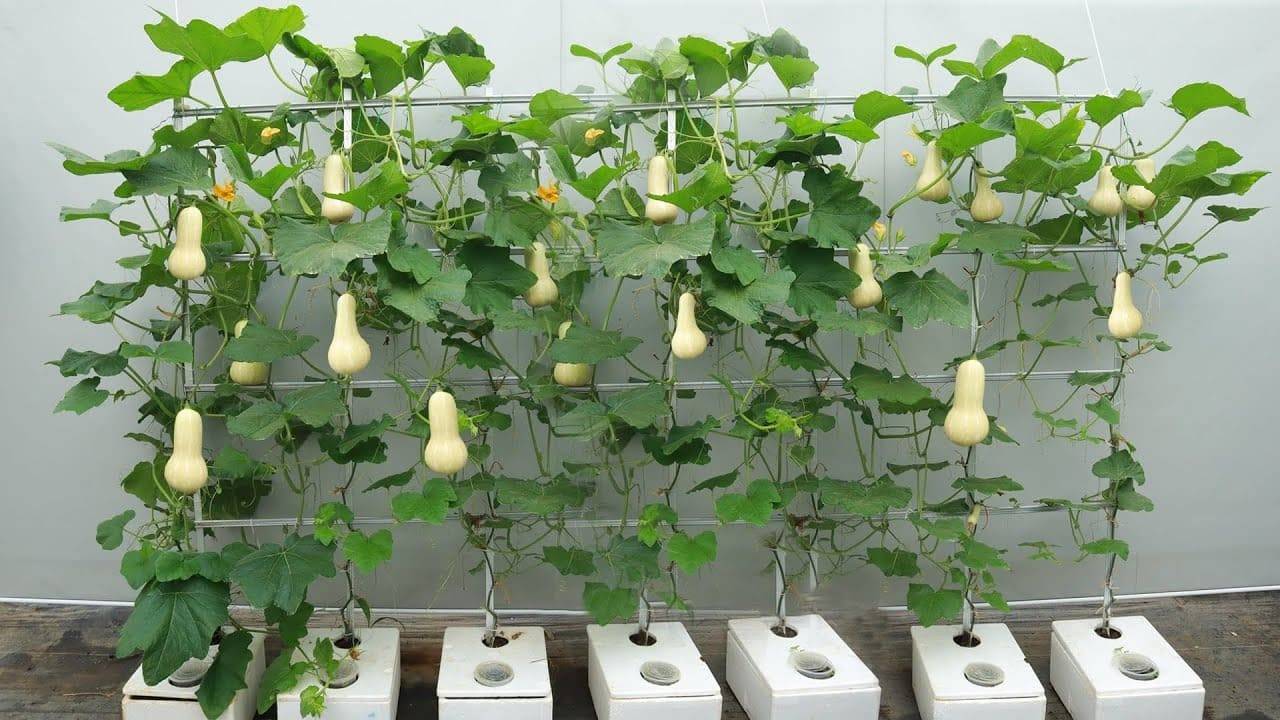
Keep In Mind
- Pests and diseases: Keep an eye out for pests like aphids and squash bugs. Regularly inspect the leaves and remove any invaders promptly.
- Mulching: You can mulch around the base of the plant to help retain moisture, suppress weeds, and regulate soil temperature.
- Overwinter: If you live in an area where the temperature drops below 10 degrees Celsius, you will need to protect your butternut squash plants from frost. You can either move them indoors to a sunny and warm location or cover them with a frost blanket or a plastic tunnel.
Success in growing butternut squash in pots lies in attention to detail, from proper container selection to vigilant care. With dedication and a touch of green-thumb finesse, you’ll soon be savoring the fruits of your container gardening labor.
